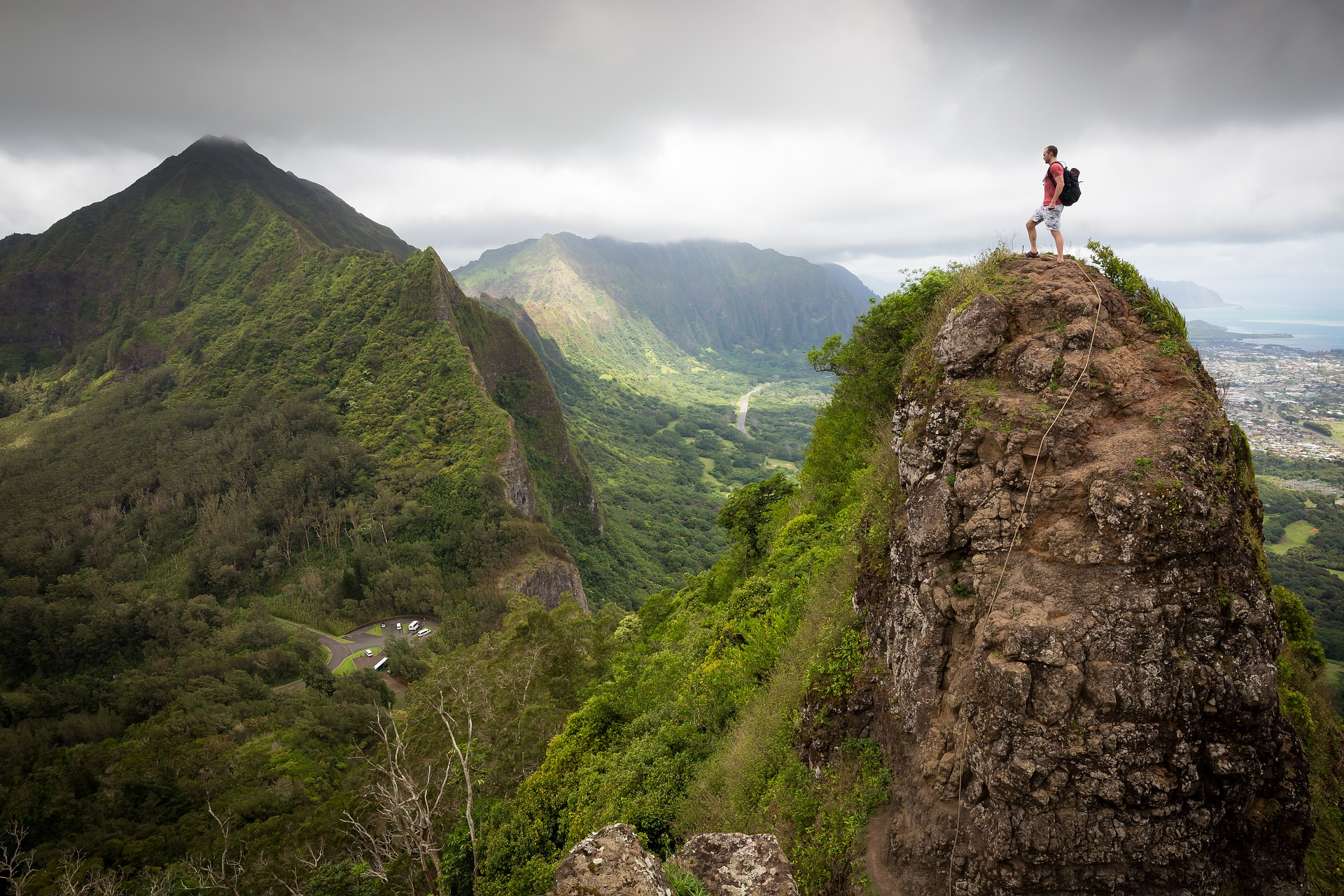
What Is Spirulina
A health food, cosmetic, and one of Earth’s oldest living beings, Spirulina may be among Earth’s most fascinating yet unspoken treasures.
This unicellular organism belongs to a group called blue-green algae. These “algae” species are not exactly the seaweed or kelp you envision in your mind. In fact, spirulina is more closely related to bacteria. What separates spirulina and its relatives from bacteria is that they are the only prokaryotes to produce oxygen and use photosynthesis as a means of energy production.
Spirulina first emerges 2.1 billion years ago, with a history of human use dating back to the 9th century AD. Naturally occurring in freshwater lakes and ponds, humans have used these algae for its amazing nutritional properties, and more recently for other uses that are being researched.
Once harvested by hand, today there are large-scale production plants that use state of the art agricultural technology. Plants from Japan, India, Mexico, to Israel are all mass producing and researching this product.
Today spirulina exists in a wide variety of products from chewing gum, dietary supplements, cookies, to cosmetics. Spirulina is regarded as a superfood for its nutrient dense content, and amazing environmental impacts.
-Nathan Jacques Saldinger
